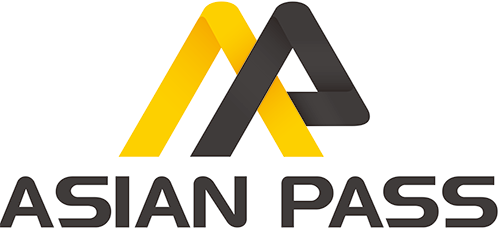Instructions on how to record increased value when issuing adjustment invoices according to the latest regulations? What formats must current electronic invoices comply with? What are the principles for looking up, providing, and using electronic invoice information today? Let’s find out more with Pham Consult!

Instructions on how to record increased value when issuing adjustment invoices according to the latest regulations?
Pursuant to Point c, Clause 5, Article 19 of Decree 123/2020/ND-CP, amended by Clause 13, Article 1 of Decree 70/2025/ND-CP, the following provisions apply:
Replacement and adjustment of electronic invoices
- Application of adjusted and replaced invoices
- a) In case an electronic invoice has been issued incorrectly and the seller has processed it in the form of adjustment or replacement as prescribed in Point b, Clause 1 of this Article, and then discovered that the invoice is incorrect, the seller will handle the next processing in the form applied when handling it for the first time
- b) In case, according to regulations, the electronic invoice is issued without the invoice number symbol, invoice symbol, or invoice number that has been issued incorrectly, the seller will only issue an adjusted invoice
- c) Regarding the value content on the adjusted invoice: increase (positive sign), decrease (negative sign) in accordance with the actual adjustment
- d) Adjusted invoices, replacement invoices For the case specified in Point b, Clause 1 of this Article, the seller and buyer shall declare additional information in the period in which the adjusted or replaced invoice arises.
- d) For the adjusted invoice in the case specified in Clause 4 of this Article, the seller shall declare in the period in which the adjusted invoice arises, and the buyer shall declare in the period in which the adjusted invoice is received.
Accordingly, for the content of the value on the adjusted invoice: increase (write a positive sign), decrease (write a negative sign) in accordance with the actual adjustment
Thus, the way to record the increased value when making an increased adjusted invoice is (write a positive sign) in accordance with the actual adjustment.
What formats must electronic invoices comply with?
Pursuant to Article 12 of Decree 123/2020/ND-CP amended by Clause 9, Article 1 of Decree 70/2025/ND-CP, the format of electronic invoices is specified as follows:
(1) Electronic invoice format is a technical standard that specifies the data type and data length of information fields serving the transmission, storage and display of electronic invoices. Electronic invoice format uses XML text formatting language (XML is the abbreviation of the English phrase “eXtensible Markup Language” created for the purpose of sharing electronic data between information technology systems).
(2) Electronic invoice format consists of two components: the component containing electronic invoice business data and the component containing digital signature data. For electronic invoices with tax authority codes, there is an additional component containing data related to the tax authority code.
(3) The General Department of Taxation shall develop a component containing electronic invoice business data and a transmission method with the tax authority. Particularly for value-added tax invoices that are also tax refund declarations, the General Department of Customs shall develop a component containing business data for the contents on the invoice for customs authorities and commercial banks that are tax refund agents. The General Department of Taxation shall announce the component containing electronic invoice business data and a transmission method with the tax authority for unified application; provide a tool to display the contents of electronic invoices according to the provisions of Decree 123/2020/ND-CP.
(4) Organizations and enterprises selling goods and providing services when transferring electronic invoice data to the tax authority by direct submission must meet the following requirements:
– Connect to the General Department of Taxation via a leased channel or MPLS VPN Layer 3 channel, including 1 main transmission channel and 1 backup transmission channel. Each transmission channel has a minimum bandwidth of 5 Mbps.
– Use Web Service or Message Queue (MQ) with encryption as the connection method.
– Use SOAP protocol to package and transmit data.
(5) Electronic invoices must fully and accurately display the contents of the invoice to ensure that they do not lead to misunderstandings so that buyers can read them electronically.
Note: Based on Article 3 of Decree 29/2025/ND-CP amended by Clause 5, Article 1 of Decree 166/2025/ND-CP regulating the organizational structure of the Ministry of Finance, there will no longer be a General Department of Taxation, but instead the Tax Department will be an organization under the structure of the Ministry of Finance.
What are the current principles for looking up, providing and using electronic invoice information?
According to Article 44 of Decree 123/2020/ND-CP, the principles for looking up, providing and using electronic invoice information are as follows:
– The search, provision and use of electronic invoice information is applied to carry out tax procedures, payment procedures via banks and other administrative procedures; proving the legality of goods circulating on the market.
– The search and provision of electronic invoice information must be complete, accurate, timely and to the right subjects.
– The use of provided electronic invoice information must be for the right purpose, serving the professional activities according to the functions and tasks of the information user; at the same time, it must ensure compliance with the provisions of law on state secret protection.




 VI
VI